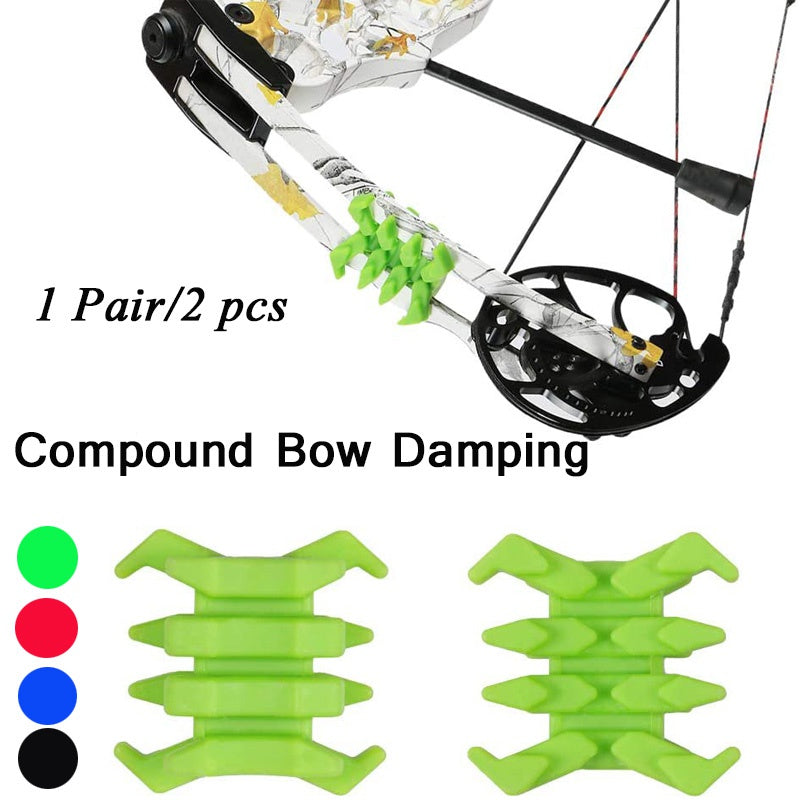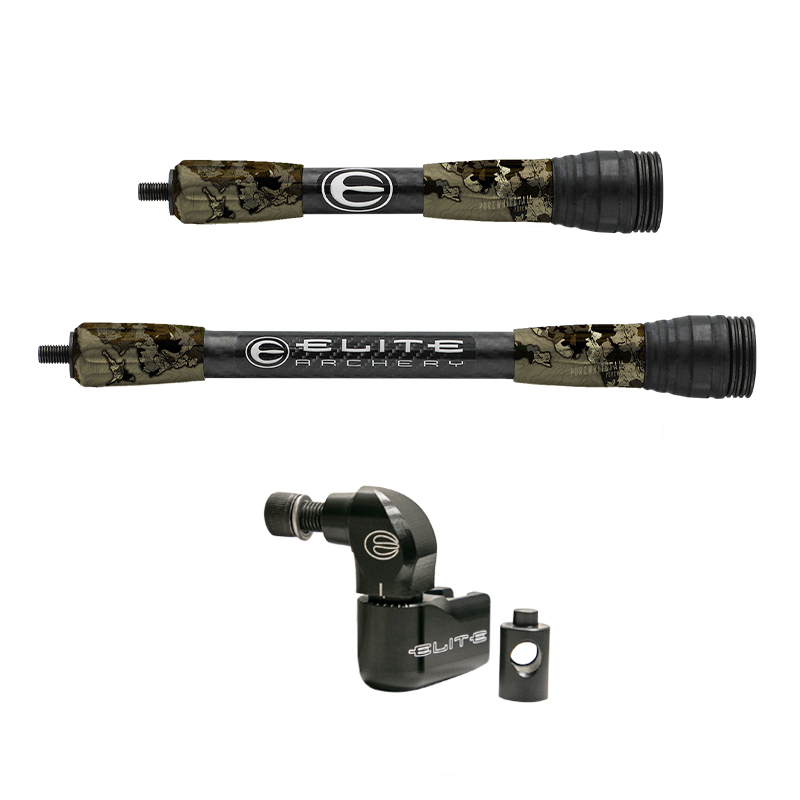Discover the very best Bow Stabilizers for each Archer's Demands
Discover the very best Bow Stabilizers for each Archer's Demands
Blog Article
Optimize Your Archery Precision With These Bow Stabilizer Strategies
One critical aspect that can considerably influence your efficiency is the proper application of bow stabilizers. Whether you are an experienced archer looking to refine your abilities or a novice excited to improve your precision, grasping these bow stabilizer strategies can be the trick to striking your mark with unrivaled uniformity.
Advantages of Utilizing Bow Stabilizers
Making use of bow stabilizers can substantially enhance an archer's precision and general performance by reducing bow torque and resonance. Furthermore, bow stabilizers wet resonance, which not only improves the convenience of capturing but additionally stops the bow from jumping upon launch, thus helping in maintaining proper goal.
Moreover, bow stabilizers can aid in holding the bow constant, particularly throughout gusty problems or when firing from longer distances. The included weight at the front of the bow offers security and equilibrium, permitting the archer to concentrate on aiming without the disturbance of bow activity. On the whole, the advantages of using bow stabilizers extend beyond just precision, improving the archer's experience and efficiency in various shooting situations.
Choosing the Right Bow Stabilizer
Selecting the suitable bow stabilizer is vital for enhancing your archery equipment and enhancing shooting performance. When selecting a bow stabilizer, there are several variables to consider to ensure you discover the best suitable for your requirements. To start with, think about the weight of the stabilizer. Larger stabilizers can help in reducing bow torque and soak up even more resonance, causing a steadier aim. Lighter stabilizers offer even more maneuverability, which can be advantageous in particular shooting situations.

Last but not least, think about the layout of the stabilizer. Some stabilizers come with flexible weights or dampeners that allow you to tailor the balance and feeling of your bow. Ultimately, selecting the appropriate bow stabilizer includes finding a balance between weight, length, product, and layout to improve your capturing precision and overall efficiency.
Appropriate Setup Strategies
To guarantee optimum performance and safety and security in archery, mastering proper setup techniques for your bow stabilizer is essential. The primary step in installing a bow stabilizer is to identify the proper placement on your bow. A lot of stabilizers are affixed to the front of the riser, listed below the grip, to help counterbalance the weight of accessories such as quivers and views. bow stabilizer Make certain that the stabilizer is not interfering with other components or hindering your shooting form.
Following, firmly affix the stabilizer to the bow making use of the proper installing hardware. It is important to tighten up the stabilizer snugly to stop any wobbling throughout shots. Some stabilizers feature flexible weights that can be included or eliminated to fine-tune the equilibrium of your bow. Experiment with various weight configurations to locate the optimal equilibrium that matches your shooting design.

Changing Stabilizer Weight and Size
After making certain the appropriate installment of your bow stabilizer, the next action involves readjusting the weight and length to maximize its performance in improving archery precision. The weight of the stabilizer plays a crucial role in decreasing bow movement throughout the shot cycle. Including click weight to the stabilizer can assist boost and moisten resonances stability, bring about even more accurate and constant shots. On the various other hand, lowering the weight can enhance ability to move, which is advantageous for scenarios requiring fast target acquisition.
A longer stabilizer can offer higher stability by increasing the range in between the bow and the weight at the end of the stabilizer. On the other hand, a shorter stabilizer provides much more maneuverability and might be favored by archers that value agility and fast activities throughout capturing.
Advanced Stabilizer Tuning Tips
Achieving optimum bow stability and accuracy in archery requires a nuanced method to innovative stabilizer tuning. Advanced stabilizer adjusting involves fine-tuning numerous components to boost the bow's equilibrium, minimize resonance, and improve total accuracy.
One more crucial element of innovative stabilizer tuning is enhancing the damping residential properties of the stabilizer system. This can be achieved by integrating added dampening accessories such as rubber dampeners or harmonic stabilizers to additionally reduce vibration and noise. In addition, exploring different materials for the stabilizer construction, such as carbon fiber or aluminum, can likewise affect the bow's performance by altering its weight distribution and tightness. By carefully adjust these advanced stabilizer elements, archers can maximize their precision and consistency on the variety or in competition.
Final Thought
In final thought, making best use of archery precision can be accomplished through the appropriate selection, setup, and adjustment of bow stabilizers. On the whole, integrating bow stabilizers right into archery practice can lead to better efficiency and increased precision.
Using bow stabilizers can dramatically enhance an archer's precision and total performance by minimizing bow torque and vibration. Longer stabilizers provide higher security and balance, particularly for Our site long-distance capturing, while shorter stabilizers provide even more flexibility and are easier to navigate in limited areas (bow stabilizer). Carbon fiber stabilizers are light-weight and resilient, while aluminum stabilizers are durable and provide excellent resonance wetting
A longer stabilizer can provide greater stability by boosting the range in between the bow and the weight at the end of the stabilizer.Another essential facet of innovative stabilizer tuning is optimizing the damping properties of the stabilizer system.
Report this page